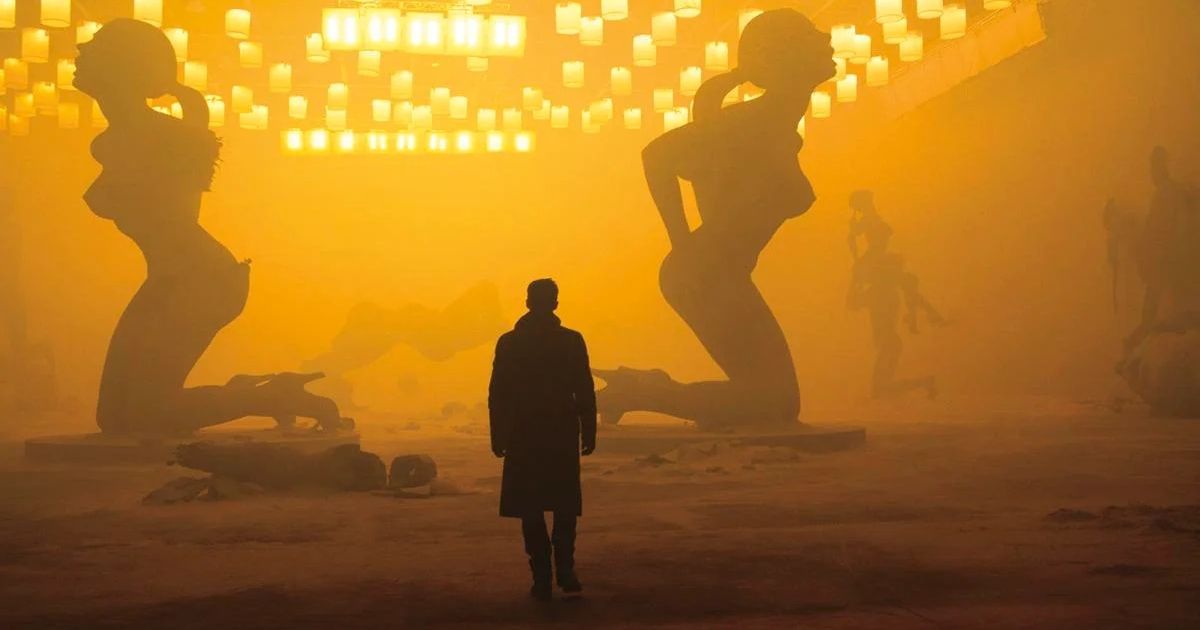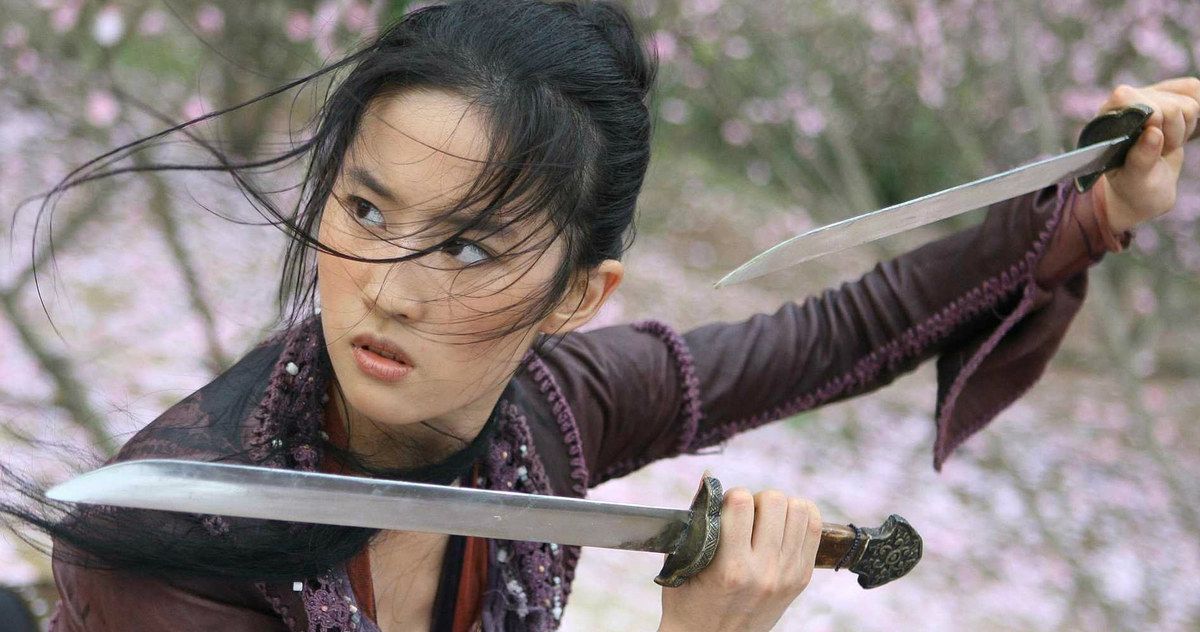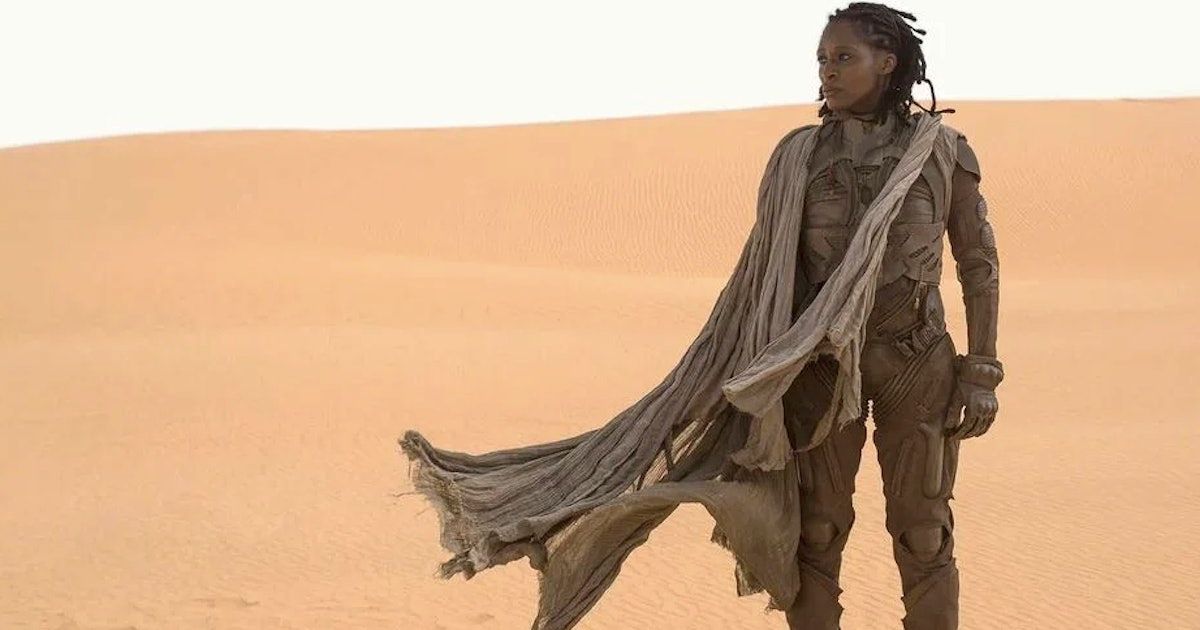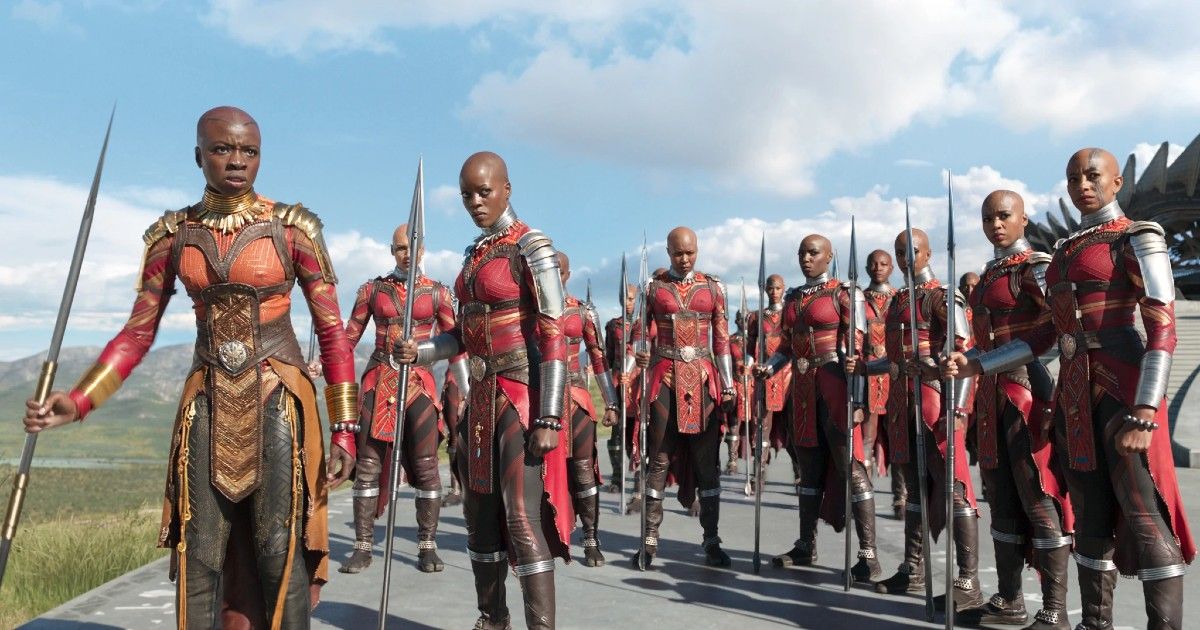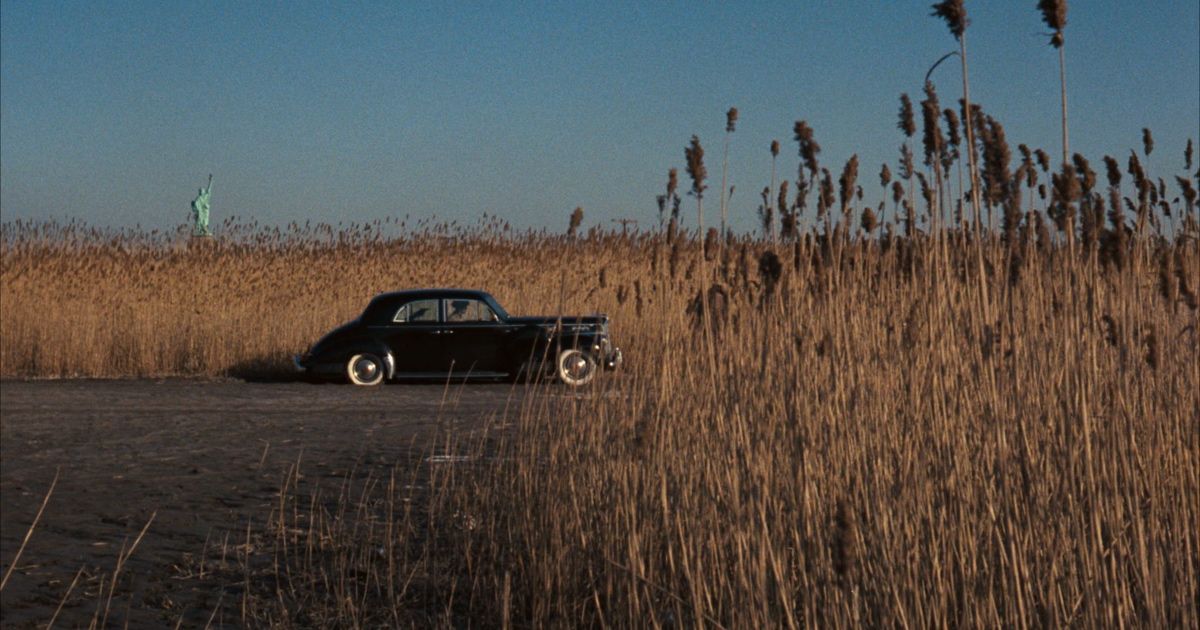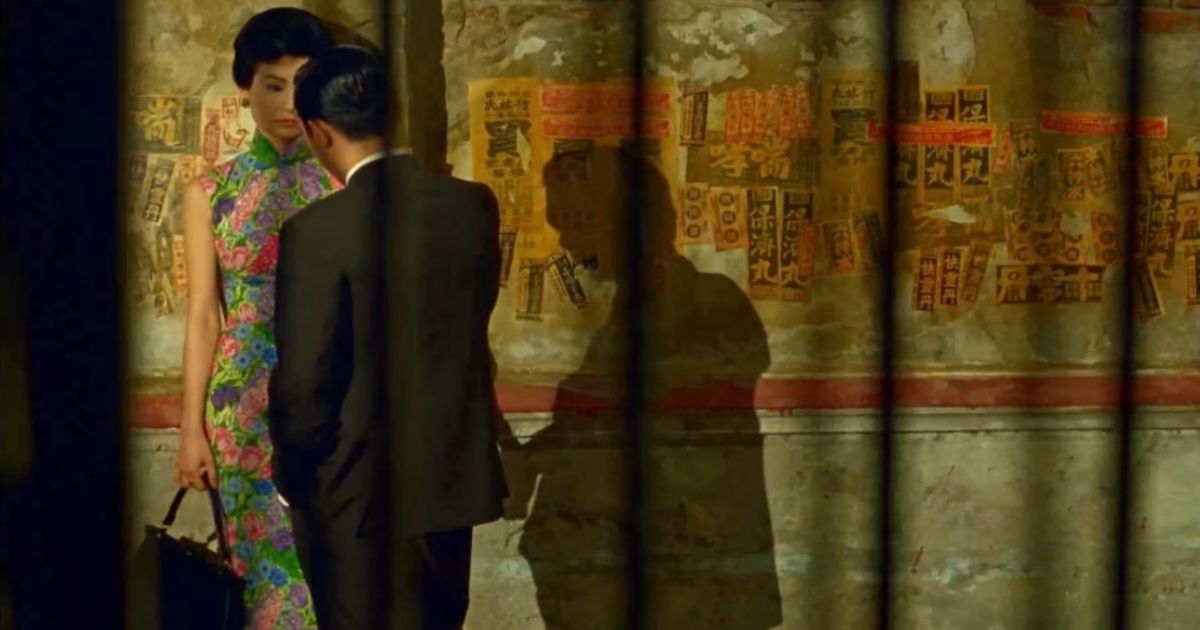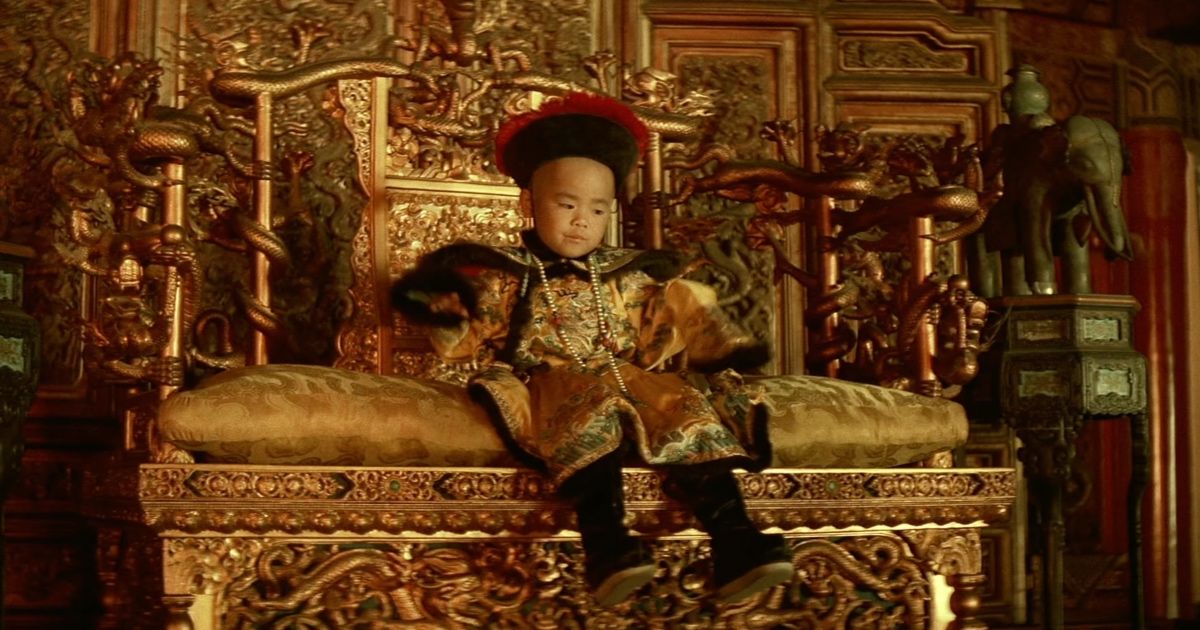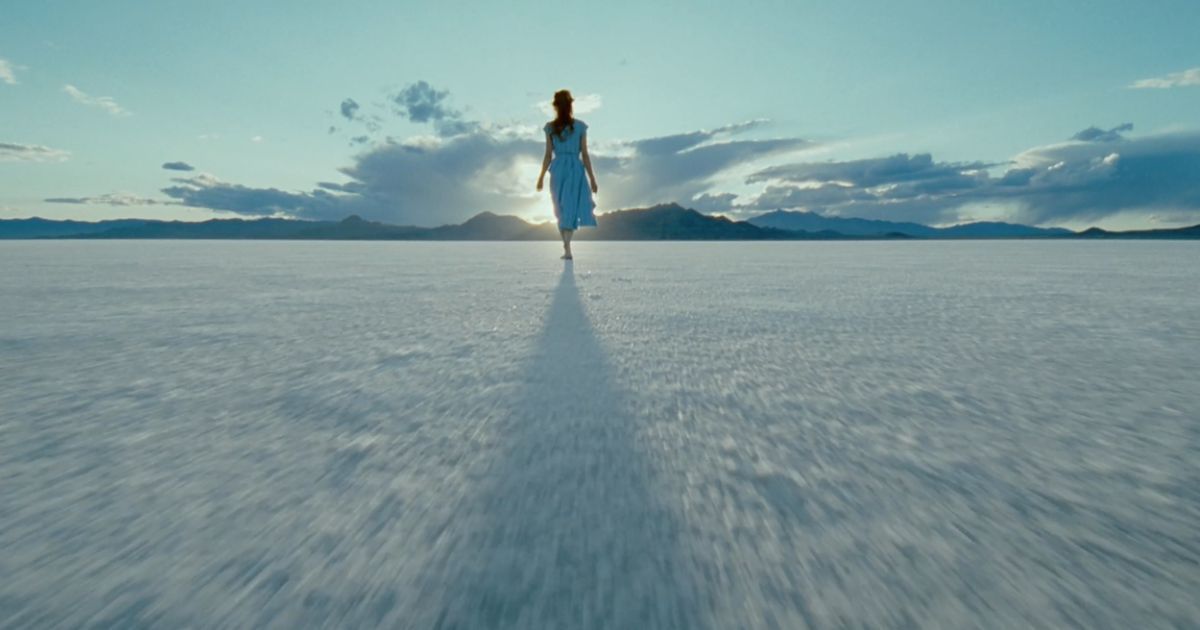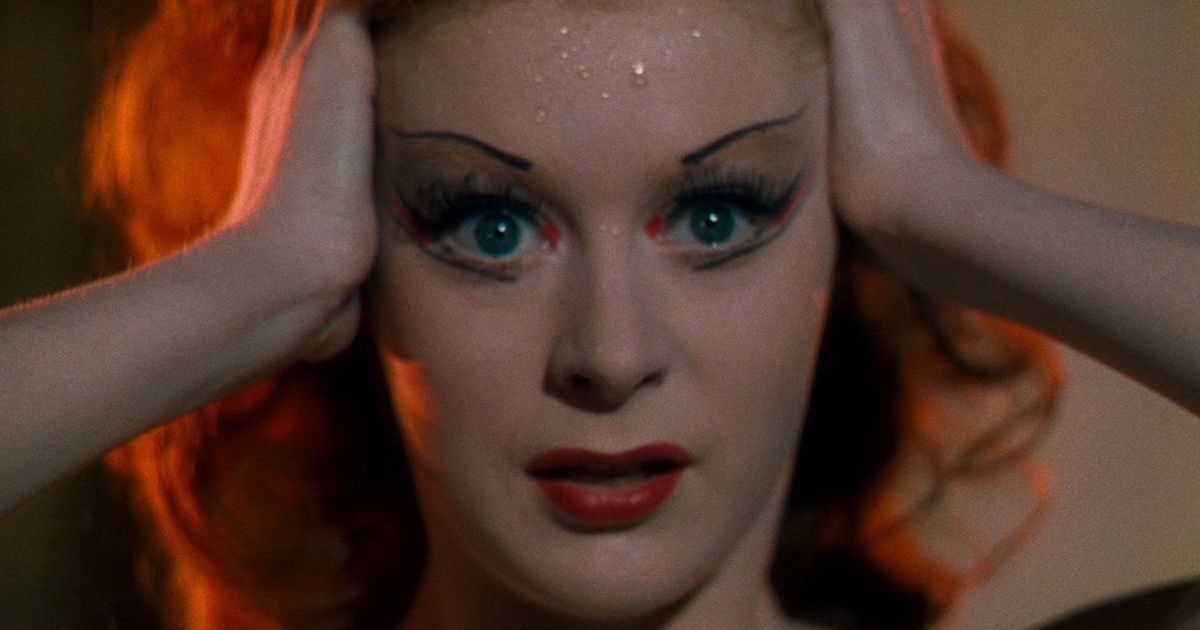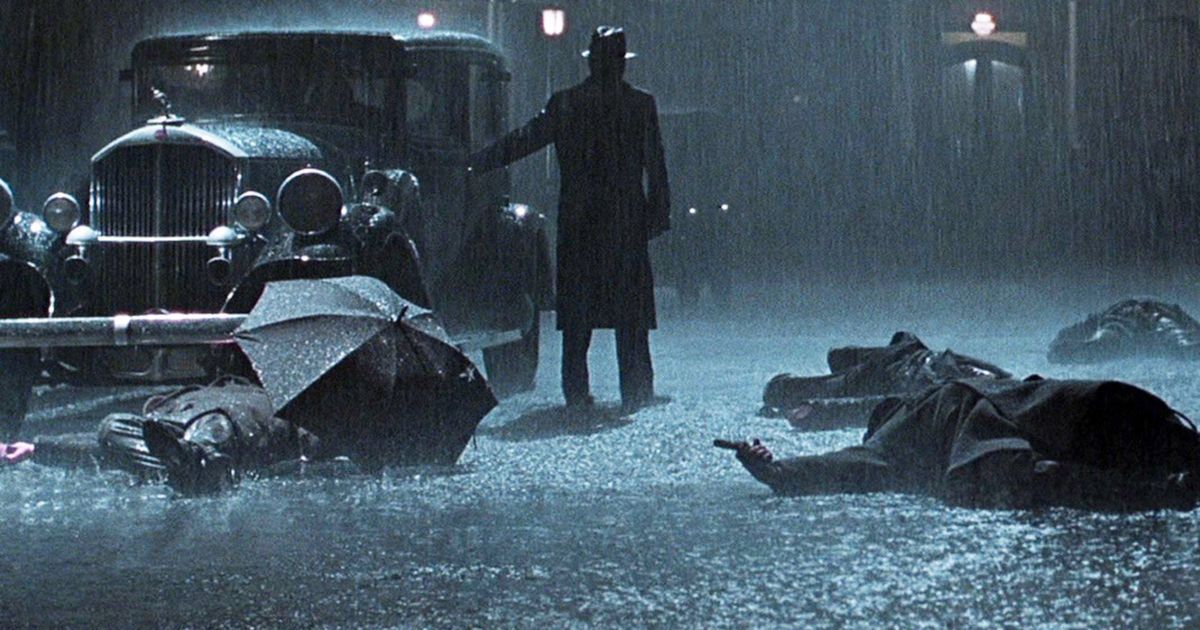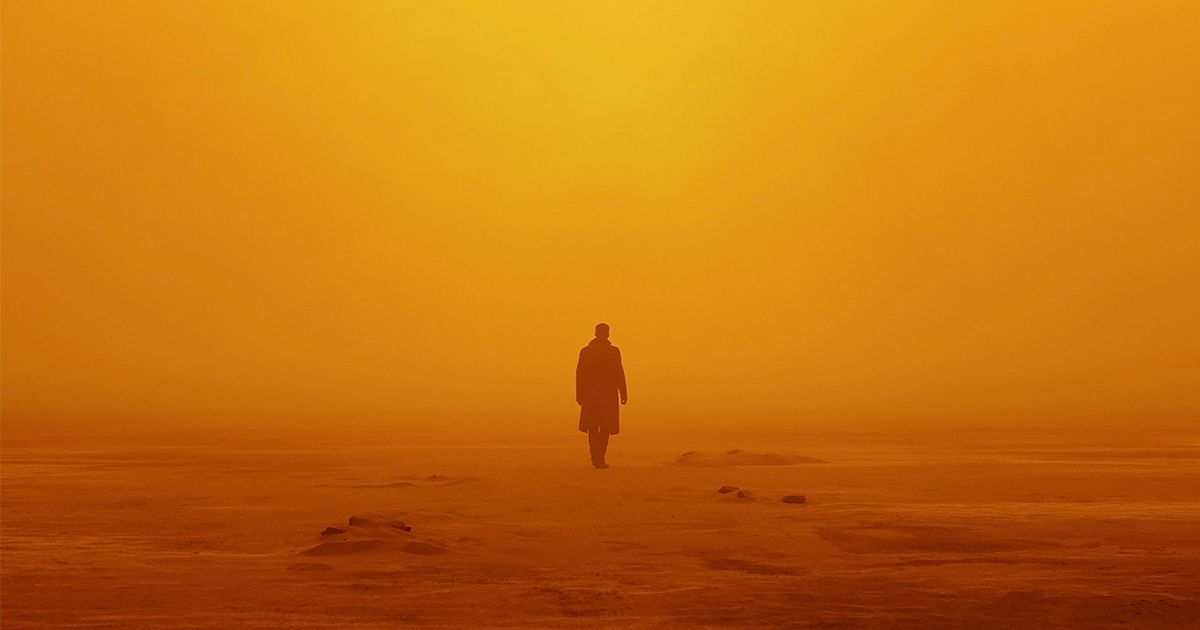If a picture is worth a thousand words, what is a film at 24 frames per second worth? Let's not do the math, but considering that every minute of film is composed of thousands of flashing photos, it's worth a lot, to say the least; perhaps that's why so many great books have been written about cinematography and the visual medium. The cinematography of any given film leaves a lasting impact on the viewer for good reason.
The visual component (and the ability to frame, light, and color it in certain ways) is what makes movies stand apart from other art forms like music and literature. Cinematography can achieve any number of tasks, including showing depth of character, eye-catching settings, and building suspense. Even the lowest budget production can be enhanced by strong cinematography. The director of photography obviously has his work cut out for him.
There have been so many talented cinematographers in the industry, that it is incredibly difficult to choose only a handful for this list. From blockbusters like La La Land and Star Wars to lesser known films like Bound for Glory, there are countless different styles and eras of films where cinematographers excel. Some people spend their entire lives studying the greatest artists in the profession. Although by no means conclusive, this article is more of an introductory primer, so here are some of our favorite cinematographers to get you started.
10 Mandy Walker
Although Disney's Mulan was a film loved by some and hated by others, the movie's cinematography was universally admired. We have Mandy Walker to thank for the stunning landscapes and close-up action shots.
Some of Walker's other renowned works include Australia, Jane Got a Gun, and Hidden Figures. She balances intimate closeups with sweeping establishing shots in all of her films. A lot of her work highlights the natural beauty of epic landscapes, though Walker's simplistic framing allows any time period and setting to shine.
9 Greig Fraser
You may recognize some of Greig Fraser's most recent work — he has done cinematography on multiple blockbusters, including Dune and Rogue One: A Star Wars Story. Many fans who watched Dune in theaters commented on its massive scale and the enormity of the elaborate world-building; this sensation of awe comes directly from Fraser's sense of scale and use of wide shots.
Dune is not the only place we see Fraser use scale. In Rogue One, he came up with creative new shots of iconic symbols like the Death Star and the Imperial Walkers, all of which reinstated their massive size in a way unappreciated prior to this movie. The cinematographer's work has given a kind of vastness to tense films like Zero Dark Thirty and Let Me In, which is probably why Fraser was tapped to film The Batman, and received universal praise for doing so.
8 Rachel Morrison
The movie industry was largely dominated by men for years, but women are slowly creeping into all areas of the business. Rachel Morrison was the first women to ever even be nominated for an Academy Award for Best Cinematography, and is best known for her work on Fruitvale Station, Black Panther, and Mudbound. According to her website Morrison specializes in bringing "emotional intimacy" to large scale global settings.
7 Gordon Willis
This wouldn’t be a complete or definitive list without Gordon Willis. A man who plied his trade through an unconventional method; serving in the US Air Force as part of the Photographic and Charting Service during the Korean War. Yet, while it was picturing war in its most unadulterated form where he proved his dexterity behind a camera, it was shooting with the likes of Woody Allen and Francis Ford Coppola where Willis truly made his name.
From Annie Hall, Manhattan, and All The President’s Men, to The Godfather trilogy and Alan J. Pakula’s Klute, Willis was the king of American cinematography in the '70s. Known for using a 40mm lens, low-lighting, and underexposed film, Willis had a distinct style, quite unlike any other, and although he never received the appropriate recognition from the Academy for his endeavors he was undeniably a photographic artiste.
6 Christopher Doyle
A lot of Christopher Doyle's films have not reached the same blockbuster popularity that many other cinematographers on this list have, probably because of his close association with Hong Kong filmmakers like Wong Kar-Wai and other international directors. Some of his best work include Hero and In the Mood for Love, but each of his films showcases an excellent understanding of shape and color, and are some of the most utterly gorgeous compositions ever put to film.
Doyle said it best when he described the making of In the Mood For Love: "You have nothing else to fall back on except the physicality of the space in which you work or the way in which light falls into a space," he said. "Which is a response to what exists as opposed to an imposition on what you imagine." Doyle uses what is already available in a setting to create dramatic frames and intense colors.
5 Vittorio Storaro
Is it the abundant use of olive oil, or the Vitamin D-enriching Mediterranean sun, that makes Italians age with such elegance and grace? Vittorio Storaro is one such example who has the look of a wise professor that knows something we don’t about sartorial sense and the inner workings of the universe. While his knowledge of star arrangements is unknown, he is a professor of one thing any cinephile will know: filmmaking.
The Roman DOP is a master of photography, having worked on movies like The Last Emperor, The Conformist, Reds, Last Tango in Paris, and Francis Ford Coppola’s masterpiece, the unmistakable Apocalypse Now, infusing it with red mist and atmospheric haze. Storaro is not only a distinguished, multi-Academy Award-winner, but a cinematic pioneer.
4 Emmanuel Lubezki
Emmanuel Lubezki is most known for his work on The Tree of Life and The Revenant, winning Academy Awards for the latter, Gravity, and Birdman. In that last film, the hallowed director combined his lengthy tracking shots in order to create the feeling of a seamless single take.
Here Are Some of the Most Visually Stunning TV Shows Ever Made
Lubezki captures massive scenes in nature as well as intimate details in facial expression, relying on camera movement to create the desired feeling in a shot. His use of racking shots, pans, and hand-held cameras are excellent examples of how to capture motion the right way, and his incorporation of technology in films like Gravity is groundbreaking.
3 Jack Cardiff
Jack Cardiff is credited for being one of the earliest to work with and master Technicolor. He actually started out as a child actor in silent films and went on to be a director. By the time he landed on cinematography, Cardiff understood the motion picture business better than almost any other director of photographer. Some of his most well-known films include The Diary of Anne Frank, The African Queen, and the utterly gorgeous, visually groundbreaking film The Red Shoes. In 2001, he won an honorary award as a master of light and color at the Academy Awards.
2 Conrad L. Hall
Conrad L. Hall was a man of prestigious talent, and coincidentally the only “L” he ever took in a decorated career of filmmaking was the one contained within his name. Whether it be down to the matter of recency bias, or simply attributed to being overlooked, Hall’s name often seems to be neglected when it comes to the discussion of supremely gifted and influential cinematographers. He was the man behind the lens for the likes of Butch Cassidy and the Sundance Kid, Cool Hand Luke, American Beauty, and Road to Perdition, with three of the four aforementioned winning him Academy Awards for Best Cinematography.
Hall simultaneously made classic cinema look modern with exuberant color palettes, and avant-garde lighting techniques, and modern cinema look visually classic, with central framing, immersive shadows, and dramatic shots that made use of stunning natural lighting, he was, arguably, the best at capturing a scene at its most aesthetically striking, and pronounced, such was the beauty of the penultimate scene in the film Road to Perdition, that some have heralded it the aesthetically best piece of filmmaking of the decade.
1 Roger Deakins
Nominated for 14 Oscars and the winner of two, it's no wonder we saved Sir Roger Deakins for last. He won Academy Awards for his cinematography in Blade Runner 2049 and for (another so-called single-take film) 1917, but his long list of beautiful films does not stop there. His work on O Brother, Where art Thou made revolutionary (if often unnoticed) changes to the way we think about technology and color in film, and he has even consulted on some animated films like How to Train Your Dragon.
Deakins has a way of framing people that has created some of the most famous stills in cinema to date. His masterful use of silhouettes can be seen in movies like The Japanese Jellyfish and The Man Who Wasn’t There, and the cinematographer is arguably the best in the field right now.

